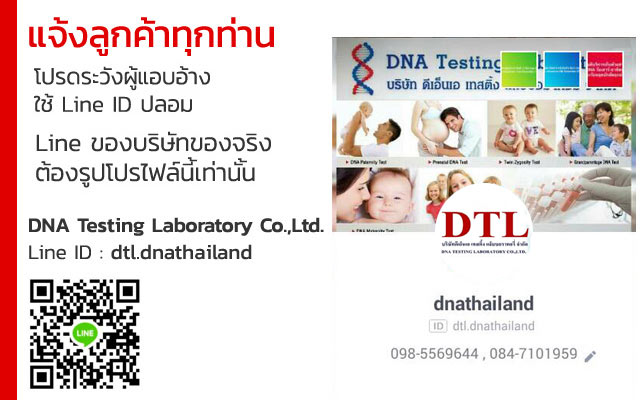Prenatal DNA TestIn certain situations, it is necessary to establish the paternity of a child before a mother gives birth. Prenatal DNA testing can confirm the paternity before a child is born. A prenatal paternity test compares the baby’s DNA profile with that of the alleged father and the mother. Therefore, the mother is usually required to provide DNA samples for analysis, in addition to participating in the procedure for sampling of the baby’s DNA.
Unlike a standard paternity test, the mother is usually required to provide DNA samples for analysis, in addition to participating in the procedure for sampling of the baby’s DNA. The prenatal test provides the same definitive results as the standard paternity test because the baby’s DNA is set at conception. Prenatal testing requires a sample to be collected by a qualified Obstetrician or Gynecologist.
Chorionic Villi Sampling (CVS): A small DNA sample can be taken from the placenta (the membrane that patrially surrounds the foetus) from the 10th to 13th week of pregnancy. This procedure is performed either transcervically (through the vagina) or transabdominally (through the abdominal wall), and must be performed by a qualified Obstetrician or Gynecologist.
Amniocentesis: A sample of amniotic fluid can be taken from the 14th to 24th week of pregnancy. The sac surrounding the developing foetus contains the amniotic fluid which contains foetal cells that can be used for DNA analysis. Sampling is performed transabdominally (through the abdominal wall).
These procedures must be performed by a qualified Obstetrician or Gynecologist . These procedures are invasive and, therefore, present a slight risk of infection or miscarriage. We advise all mothers to discuss the risks with their Obstetrician or Gynecologist before deciding to have either of these procedures.


